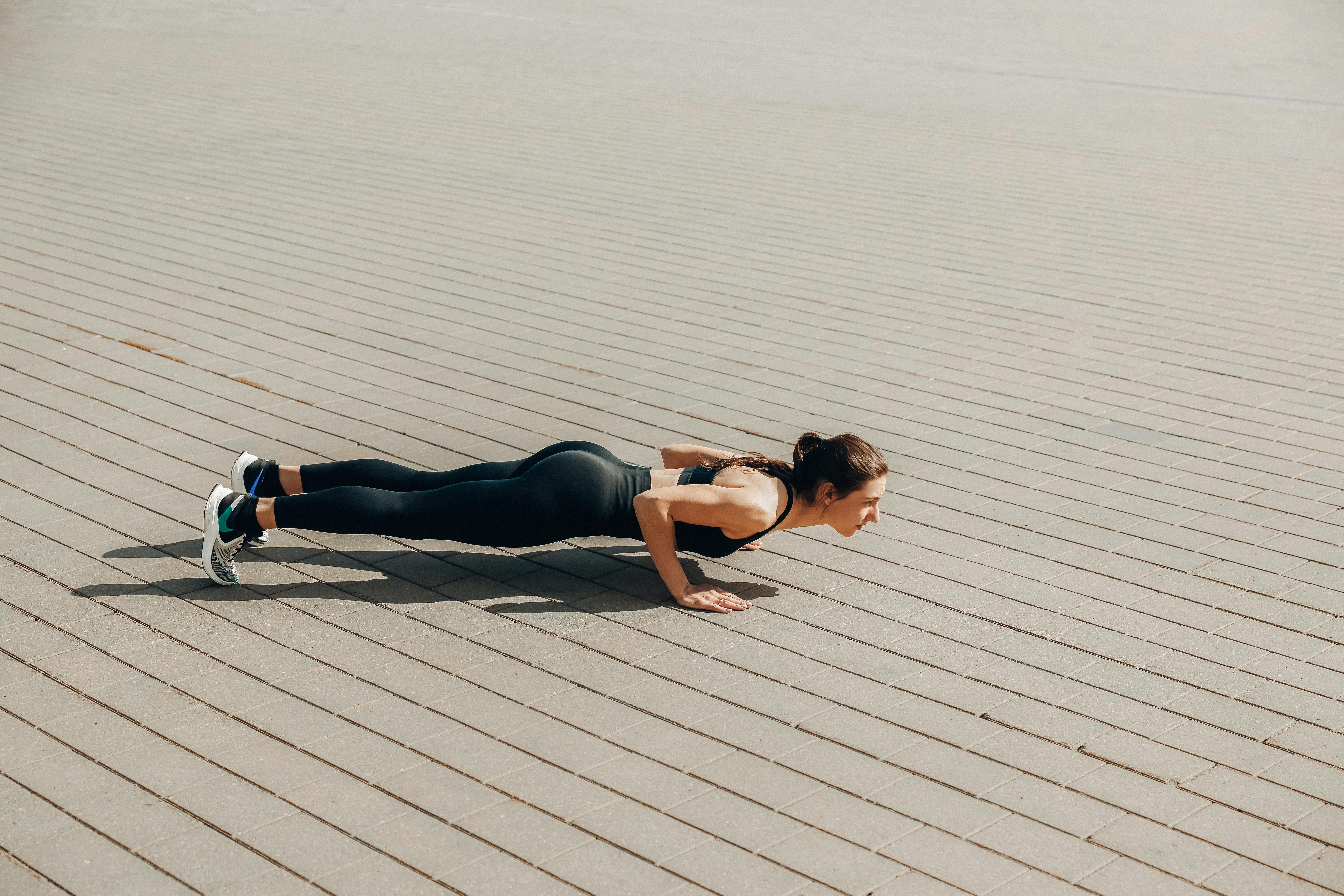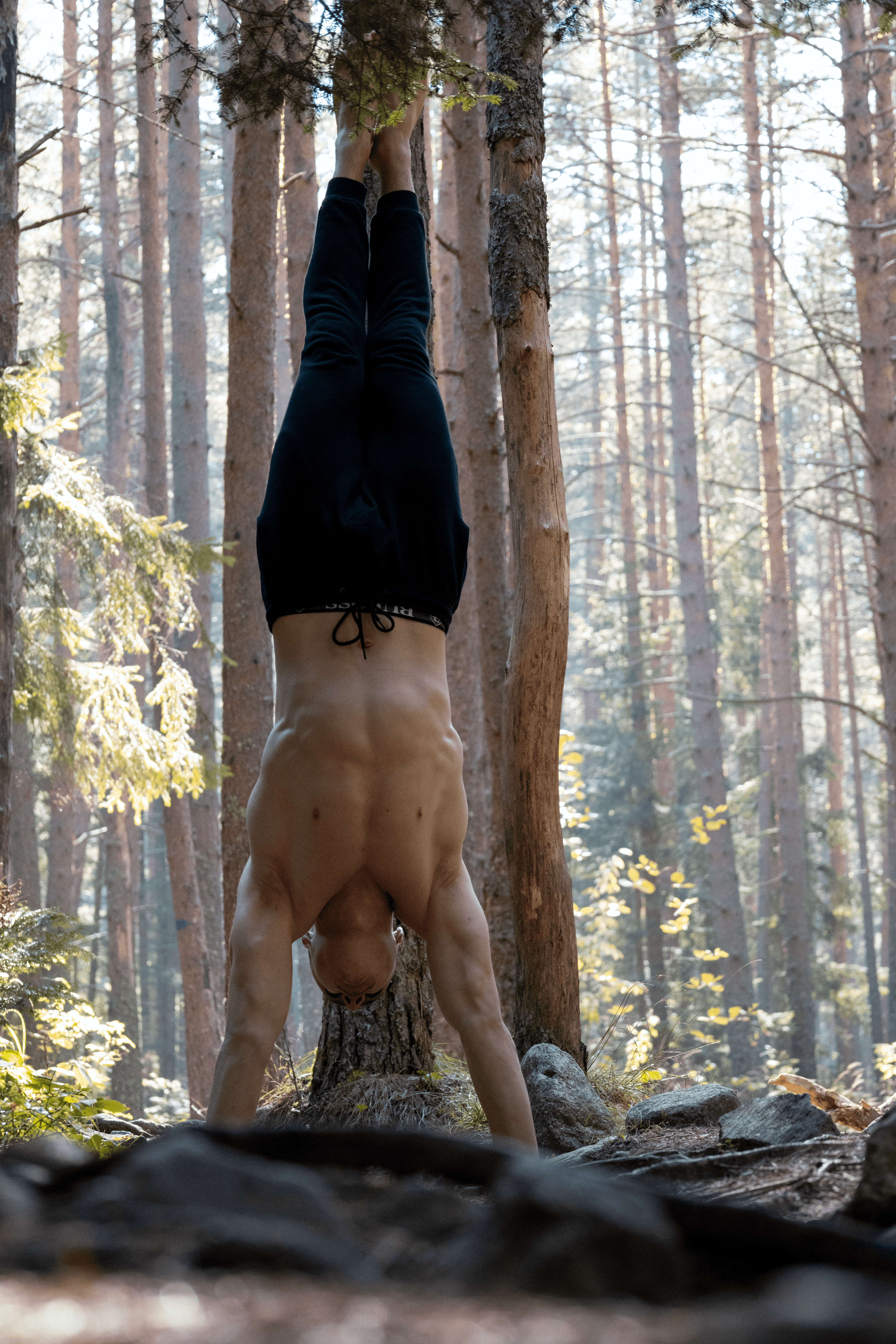Ultimate Guide to Bodyweight Exercises for Strength
Bodyweight exercises for strength are gaining serious traction across the fitness world. In an era where convenience and efficiency matter, this form of training offers a flexible, powerful way to build functional muscle and endurance. This comprehensive guide will walk you through the fundamentals, practical tips, advanced moves, and FAQs to help you harness your body’s full potential—without ever needing a gym.

Understanding the Fundamentals
Bodyweight training, also known as calisthenics, refers to strength-building exercises that rely solely on the weight of your body. These exercises have been practiced for centuries, from ancient Greek warriors to modern elite athletes. They form the cornerstone of many military, gymnastics, and athletic conditioning programs.
Unlike isolated machine-based workouts, bodyweight exercises emphasize compound movements that activate multiple muscle groups. This results in more efficient workouts, better coordination, and improved balance—key pillars for lasting fitness.
1.1 Functional Strength
Functional strength involves developing muscles to perform daily activities or sports-related movements efficiently and safely. Think of exercises like squats, push-ups, and pull-ups—they mimic real-life actions and help build resilience and stability.
Real-world application is vast: lifting groceries, climbing stairs, or carrying children. Common misconceptions suggest bodyweight can’t build serious strength, but studies show that with progression techniques like tempo and leverage, they rival weightlifting in results.
1.2 Progressive Overload Without Weights
Progressive overload—gradually increasing difficulty—is a key principle in strength training. In bodyweight fitness, this is achieved by altering leverage, tempo, or reps instead of adding weights. For instance, elevating your feet during push-ups increases intensity dramatically.
Advanced variations like archer pull-ups or pistol squats provide unique benefits without external load. These progressions make bodyweight exercises scalable and highly effective across all fitness levels.
Practical Implementation Guide
Now that you understand the principles, it’s time to put them into action. With consistency and the right form, bodyweight exercises for strength can transform your physique and performance. Let’s explore how to create a routine, avoid pitfalls, and make tangible progress.

2.1 Actionable Steps
- Start with Assessment: Evaluate your current fitness level by testing planks, push-ups, and squats. This sets your baseline.
- Build a Weekly Routine: Plan 3-5 sessions per week. Combine upper body, lower body, and core workouts for full-body development.
- Track Your Progress: Set milestones like 20 push-ups or a 60-second plank. Use apps or journals to track reps and variations.
2.2 Overcoming Challenges
Common obstacles include lack of motivation, hitting plateaus, or poor form. Here’s how to address them:
- Plateaus: Introduce new variations or increase time-under-tension.
- Lack of Space: Choose movements like wall-sits, glute bridges, or planks that require minimal room.
- Motivation: Set micro-goals and celebrate small wins.
Watch for signs of overtraining like persistent soreness, fatigue, or reduced performance. Maintain proper form and rest to avoid injury.
Advanced Applications
Once you master the basics, you can elevate your training with more complex movements. These advanced bodyweight exercises demand greater coordination, balance, and control, pushing your limits and maximizing strength gains.

3.1 One-Arm Push-Ups and Pistol Squats
These movements are not just party tricks—they build intense core and unilateral strength. One-arm push-ups target your chest, shoulders, and triceps while pistol squats demand stability, mobility, and lower body power. Studies show unilateral training helps correct muscular imbalances.
3.2 Static Holds and Isometric Training
Static holds like L-sits, handstands, or front levers develop incredible muscular endurance and core engagement. These techniques also integrate seamlessly with yoga, martial arts, and other bodyweight disciplines for hybrid strength development.
Future Outlook
Emerging trends in fitness indicate a growing shift toward minimalist training. Wearables, smart mirrors, and AI-guided apps are integrating bodyweight routines with personalized coaching, making training more accessible and engaging.
In the next 3-5 years, expect increased emphasis on holistic movement patterns, mobility, and mental health integration within training. To stay ahead, focus on mastering fundamentals while exploring new tools and techniques that align with your lifestyle.
Conclusion
To recap, bodyweight exercises for strength offer:
- Convenient, equipment-free training anywhere
- Full-body functional strength development
- Endless progression and customization
Start today by assessing your level and choosing a few key movements. With consistency and smart programming, you’ll experience powerful strength gains and better performance. Ready to take control of your fitness? Begin your journey with just one rep.
Frequently Asked Questions
- Q: Can beginners do bodyweight exercises for strength? Absolutely. Start with basics like wall push-ups, squats, and planks, and scale up as you progress.
- Q: How do I start if I have no equipment? Begin with bodyweight-only routines focused on compound movements like push-ups, lunges, and crunches.
- Q: How long does it take to see results? Most people see noticeable strength and endurance gains within 4-6 weeks, depending on consistency and nutrition.
- Q: Is it expensive to train this way? No. It’s one of the most cost-effective methods since it requires no gym or equipment—just your body and space to move.
- Q: Are bodyweight exercises better than weight training? Both have their benefits. Bodyweight training emphasizes control and functional movement, while weights can target isolated growth. Many combine both for optimal results.
- Q: Are these exercises hard to learn? Some may require coordination, but with step-by-step progressions and practice, most become manageable over time.
- Q: Can this work for athletes or professionals? Yes. Many elite athletes incorporate advanced bodyweight moves into their regimens for agility, core strength, and recovery.